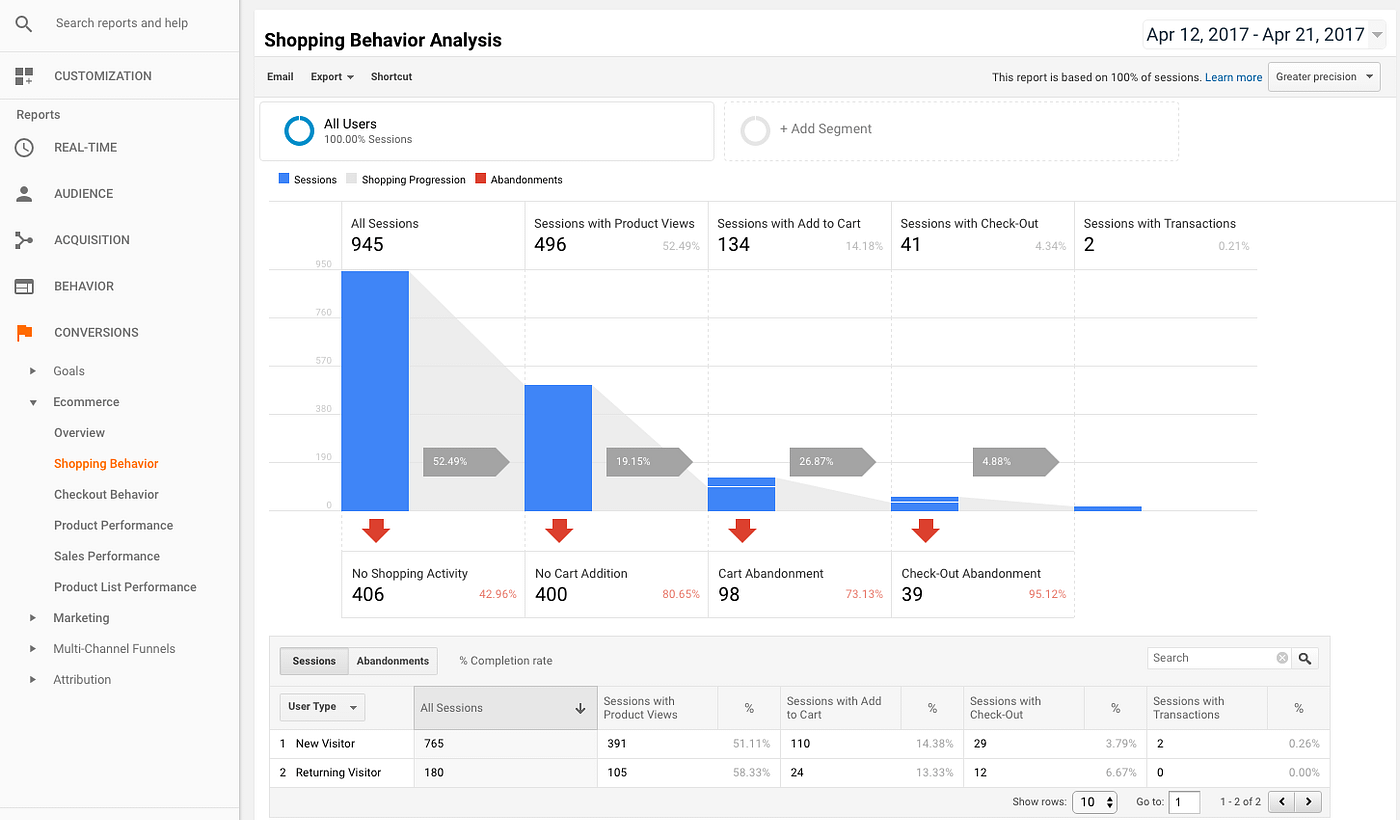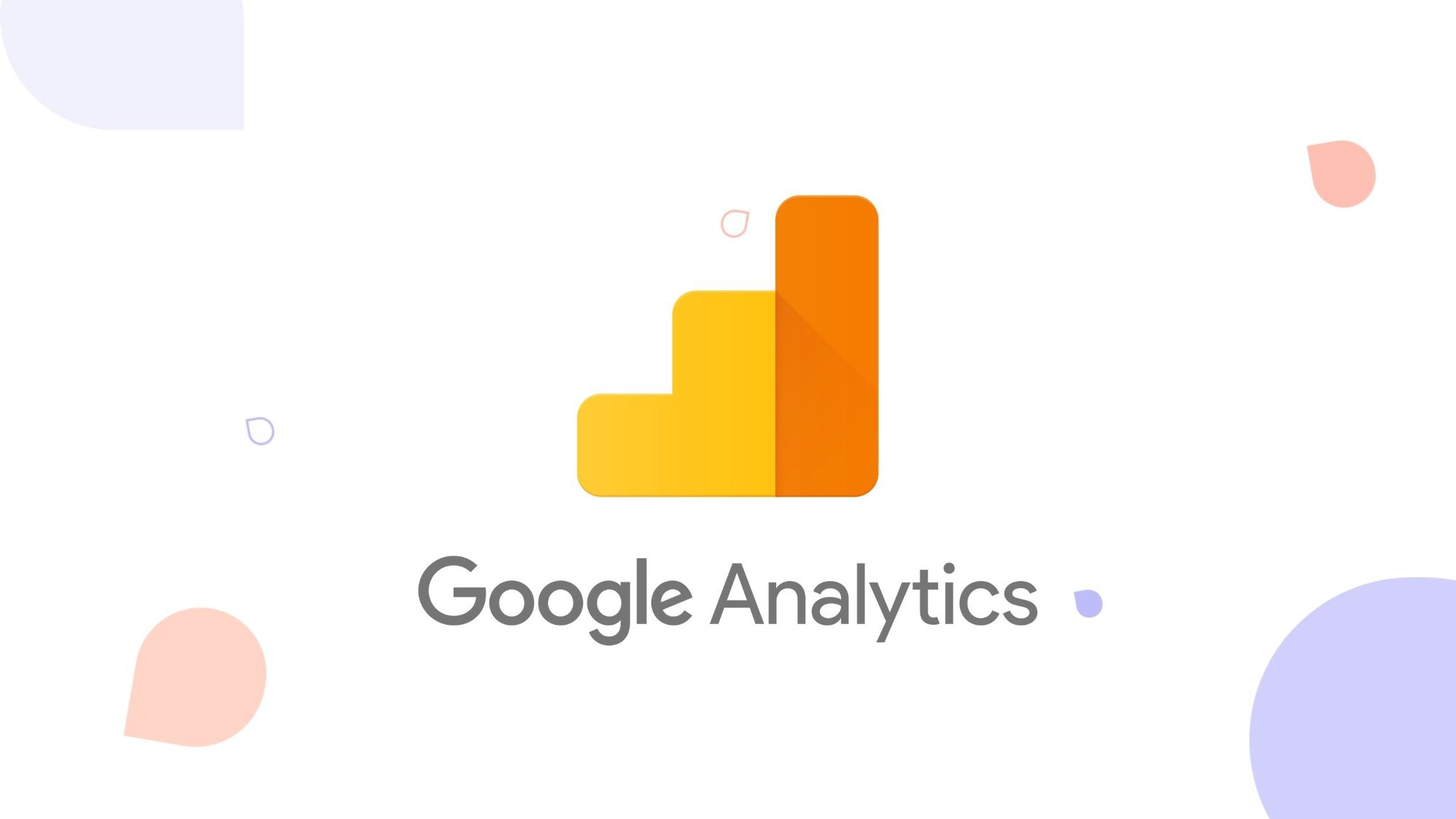Crucial Standards: Understanding Data Collection Boundaries in Google Analytics
Wiki Article
Leveraging Google Analytics for In-Depth Insights Into Individual Behavior and Engagement
In the digital landscape where customer habits and engagement hold the essential to on the internet success, leveraging devices like Google Analytics has become vital for services seeking to recognize their audience's communications with their platforms. This sophisticated analytics system uses a wealth of data that can reveal elaborate details about exactly how users browse web sites, involve with material, and inevitably transform - what data does google analytics prohibit collecting. By taking advantage of Google Analytics, organizations can reveal important insights that exceed surface-level metrics, providing an extensive understanding of individual actions and preferencesComprehending User Habits Through Google Analytics
Utilizing Google Analytics gives a detailed understanding of individual behavior on digital platforms. By analyzing information such as the number of visitors, their geographic places, the pages they check out, and the activities they take, companies can gain valuable understandings into how customers engage with their internet sites or applications. This information enables educated decision-making, allowing companies to enhance their online existence for improved customer experience and involvement.One trick aspect that Google Analytics aids to discover is user website traffic patterns. By tracking metrics like the source of web traffic, reference web links, and popular keywords, services can determine what drives users to their platform. what data does google analytics prohibit collecting. This understanding aids in tailoring marketing approaches to target details demographics or rate of interests properly
Furthermore, Google Analytics provides detailed records on individual engagement, showcasing metrics like bounce prices, session durations, and conversion rates. Recognizing these metrics offers important responses on the efficiency of content, style, and total user experience, encouraging businesses to make data-driven enhancements and drive far better outcomes. Essentially, Google Analytics functions as a powerful device for understanding individual actions and optimizing electronic platforms for success.
Studying Website Web Traffic Patterns
Comprehending the flow of web traffic on an internet site is necessary for optimizing its performance and enhancing customer involvement. Analyzing internet site traffic patterns offers valuable understandings right into just how individuals connect with the website, what web content they find most interesting, and where they might be experiencing challenges. By leveraging devices like Google Analytics, web site owners can track metrics such as web page sights, unique site visitors, bounce rates, and typical session duration to gain an extensive understanding of individual behavior.Studying web traffic sources is important in establishing where site visitors are originating from, whether with natural search, social media sites, references, or straight traffic. This details aids in tailoring advertising and marketing approaches to target particular target markets effectively. Additionally, analyzing the behavior flow within the web site can highlight popular touchdown web pages, leave web pages, and the most common courses users take with the website. Identifying these patterns enables internet site owners to make educated decisions about content placement, navigation improvements, and general site design to boost user experience and drive conversions.
Monitoring Customer Interaction Metrics
To strengthen the insights got from evaluating site traffic patterns, it is important to concentrate on monitoring individual engagement metrics. Individual involvement metrics offer valuable details concerning just how site visitors interact with an internet site, indicating the level of rate of interest and complete satisfaction with the content. By tracking metrics such as bounce price, typical session duration, pages per session, and conversion rates, site proprietors can comprehend the performance of their content and user experience.Bounce price gauges the portion of site visitors who browse away from the website after seeing just one web page, indicating whether the web content is relevant and appealing. Ordinary session period exposes exactly how much time site visitors invest on the site, mirroring their level of interest. Pages per session metric shows the ordinary variety of pages visitors watch throughout a session, showing the depth of exploration. Conversion prices track the percentage of site visitors that complete a desired activity, such as purchasing or filling up out a form, reflecting the effectiveness of the site in driving user actions. By analyzing these individual engagement metrics, site proprietors can make enlightened choices to enhance their web content and user experience to enhance engagement redirected here and achieve their goals.
Identifying Conversion Opportunities
Recognizing prospective conversion possibilities is an important element of maximizing site efficiency and achieving desired user activities. Via Google Analytics, companies can discover useful insights that can aid in identifying areas where individuals are going down off or otherwise proceeding to the desired conversion actions. By evaluating metrics such as conversion prices, landing web page performance, and individual flow, services can identify potential bottlenecks in the conversion process.
Additionally, making use of Google Analytics' habits flow function can offer a visual representation of how individuals navigate with the internet site. This can aid in recognizing preferred paths along with any obstructions that might be impeding conversions. By leveraging these insights, businesses can optimize their site for boosted customer experience and raised conversion prices.
Enhancing Customer Experience With Data-Driven Insights
By leveraging data-driven insights from Google Analytics, organizations can purposefully optimize their internet site to boost customer experience and drive greater conversion rates. Recognizing customer actions with information analysis permits business to customize their web sites to meet the specific requirements and choices of their target market. By determining this post vital metrics such as bounce prices, session duration, and popular web pages, organizations can gain useful insights into exactly how users engage with their site.Google Analytics provides in-depth details on individual demographics, tools utilized, and even the particular activities tackled the site. This data allows businesses to make enlightened choices on site layout, web content positioning, and overall customer circulation. By leveraging these understandings, firms can develop an extra interesting and tailored individual experience, causing boosted fulfillment and loyalty.
In addition, data-driven understandings can aid organizations determine discomfort points in the user journey and execute targeted improvements to improve the conversion process. By constantly monitoring and evaluating customer actions, businesses can adapt and optimize their site to ensure a delightful and seamless experience for site visitors, inevitably driving greater conversion prices and continue reading this making the most of company success.

Final Thought
In final thought, Google Analytics supplies valuable understandings into individual habits and engagement on web sites. By examining web traffic patterns, tracking engagement metrics, and identifying conversion chances, companies can make data-driven choices to enhance the user experience. Leveraging these insights can lead to enhanced web site performance and enhanced conversions.By tracking metrics such as bounce rate, average session duration, web pages per session, and conversion rates, web site proprietors can recognize the effectiveness of their web content and user experience.
Conversion prices track the percent of site visitors who finish a wanted activity, such as filling or making a purchase out a type, mirroring the performance of the web site in driving customer activities. By examining these individual involvement metrics, website owners can make informed choices to maximize their web content and individual experience to boost involvement and achieve their objectives.
By leveraging these insights, businesses can enhance their web site for improved customer experience and increased conversion rates.
By leveraging data-driven insights from Google Analytics, organizations can purposefully maximize their site to boost customer experience and drive greater conversion rates.
Report this wiki page